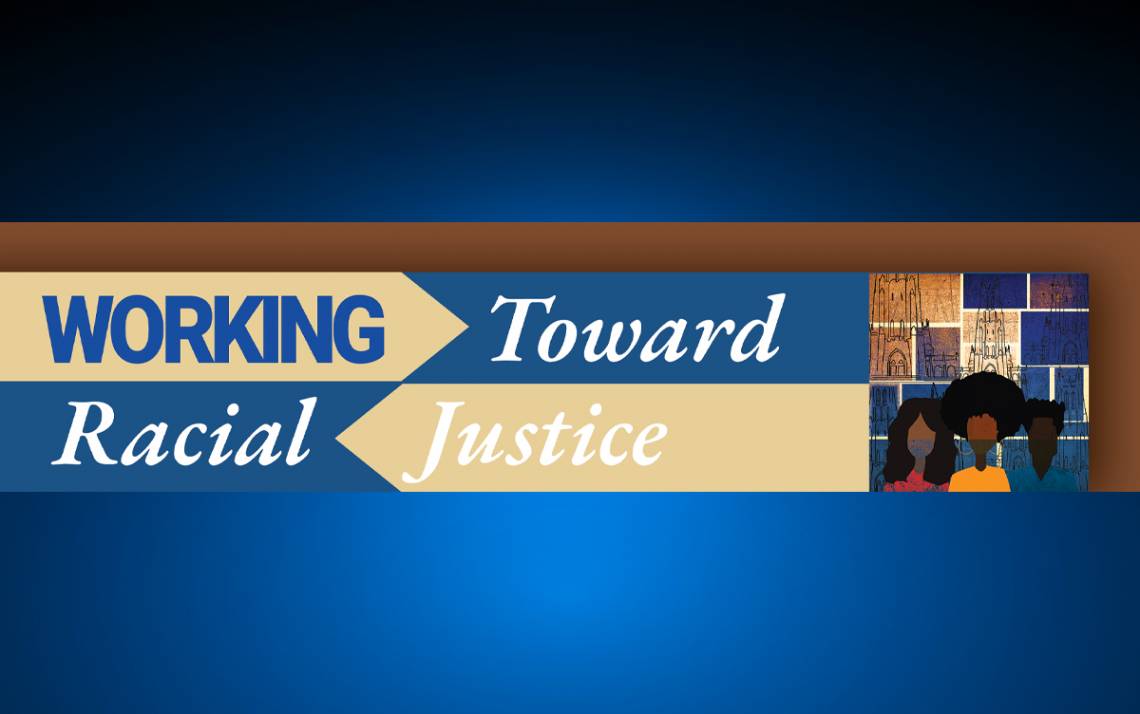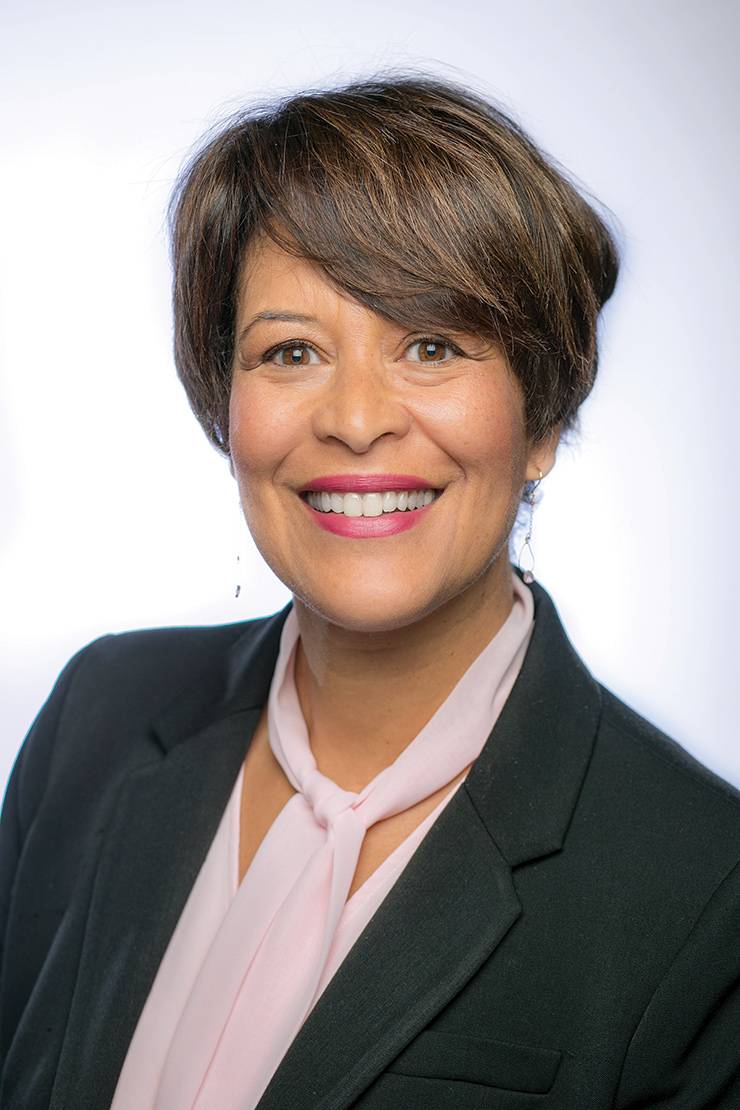Q&A: The Meaning of Diversity, Equity and Inclusion
Duke's Vice President for Institutional Equity Kimberly Hewitt explains how three concepts represent steps in a larger journey

Since Kimberly Hewitt arrived at Duke in 2019, she has guided university leadership through the process of addressing systemic racism on campus and becoming a more inclusive institution.
Throughout her efforts, which include support from diversity leaders across campus, words such
as “diversity,” “equity,” and “inclusion” pop up.
Usually mentioned together, or used interchangeably, the concepts have important distinctions. By understanding the differences, the challenges before Duke come into focus. Working@Duke talked with Hewitt, vice president for Institutional Equity and Chief Diversity Officer in the Office for Institutional Equity, about the meaning of diversity, equity and inclusion.
How are diversity, equity and inclusion defined and related?
 Hewitt describes diversity as having a community with people representing a variety of races, ethnicities, gender identities, sexual orientations, religious perspectives, and abilities. Equity is when institutional policies and procedures create conditions where all people can thrive, free from discrimination.
Hewitt describes diversity as having a community with people representing a variety of races, ethnicities, gender identities, sexual orientations, religious perspectives, and abilities. Equity is when institutional policies and procedures create conditions where all people can thrive, free from discrimination.
Inclusion, meanwhile, comes when you have a climate where people of all backgrounds and identities are welcomed and supported. Inclusive environments are where all people feel their voices are heard, where they have access to guidance, and where their contributions feel valued.
Hewitt explained that institutions can have diverse communities and equitable structures, but without inclusive environments, they won’t achieve true progress.
“Think of inclusion as having a healthy climate where everyone can participate and thrive,” Hewitt said. “We have to do the work in hiring and admissions to have a diverse community, and we want to dismantle the structures that have made that difficult. The third piece, inclusion, is about our climate. They’re all related. We need to work on these things simultaneously.”
What can we do to build a more inclusive climate?
 While institutional actions can advance diversity and equity, inclusive cultures are built on an individual and team level. And Hewitt said the best thing people can do is reflect on their actions and be open to learning.
While institutional actions can advance diversity and equity, inclusive cultures are built on an individual and team level. And Hewitt said the best thing people can do is reflect on their actions and be open to learning.
She said it’s important to look for opportunities to create a healthier climate in your everyday work environment. Is everyone around you treated with respect? Are everyone’s voices being heard? Are there ways to make your work more accessible to everyone?
“I think there are touchpoints for everyone,” Hewitt said. “We want people to think, ‘In my role, what can I do to impact the climate of my department so that it’s a more positive place for people to engage?’”
How can the Office for Institutional Equity help?
The office works to prevent and resolve incidents of harassment and discrimination, guiding Duke’s approach toward equitable hiring and enhancing the understanding of the campus community through initiatives such as the recent diversity, equity and inclusion climate survey.
The office also provides virtual workshops on topics such as anti-racism, implicit bias, microaggressions, and harassment prevention, which can be tailored to specific audiences.
“One thing that we’re not always that comfortable with is recognizing that this is an ongoing process,” Hewitt said. “But we need to be committed to continuing to educate ourselves.”
Get more information about Duke’s anti-racism efforts at anti-racism.duke.edu